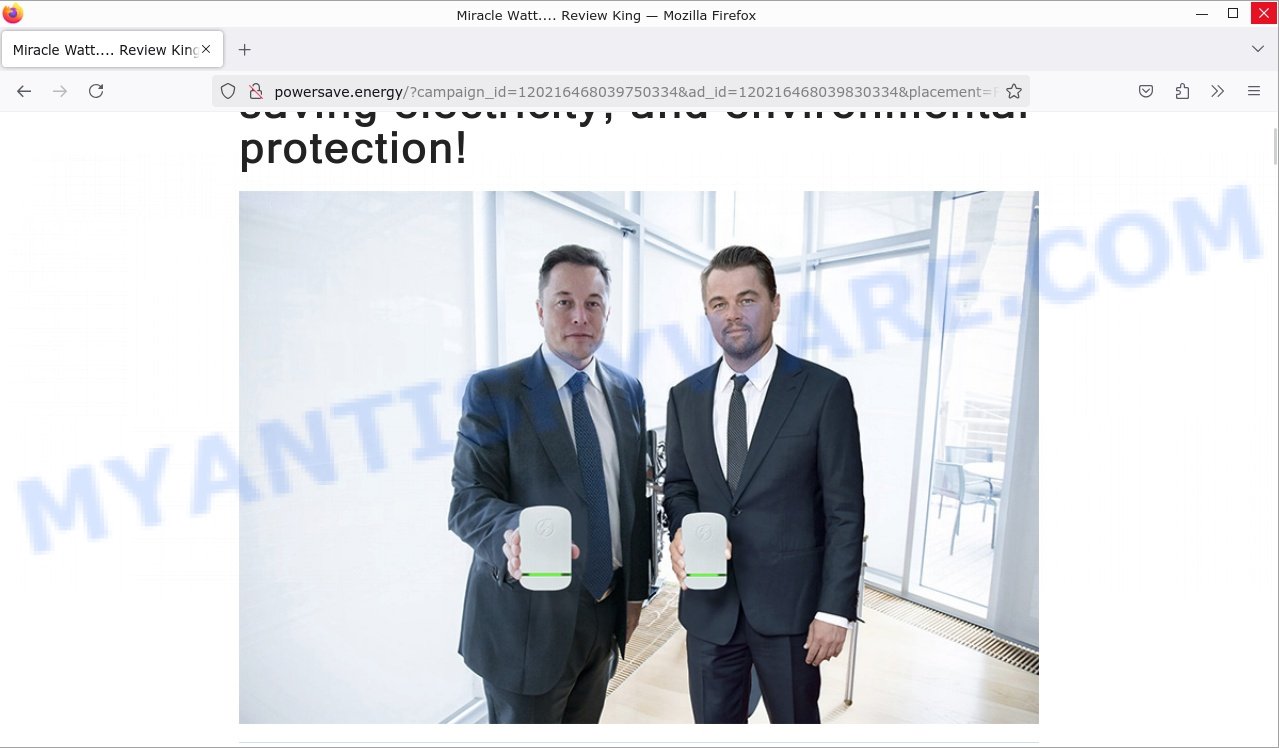Elon Musk Power Saver Device is a scam targeting individuals looking for affordable ways to reduce electricity bills. This scam is mainly promoted through misleading Facebook ads and a deceptive website. The ads claim that this power-saving device—allegedly backed by Elon Musk—will drastically lower your power costs, luring users with fake reviews, exaggerated discounts, and promises of significant savings on monthly bills.
The scam further deceives users by redirecting them to a fabricated news article that praises the device’s performance and affordability. It uses fake testimonials and success stories to build a false sense of trust, often showing images of individuals who purportedly saved large amounts of money. However, these claims are likely fabricated, and there is no credible proof that the device works as advertised.
If you have visited the scam site or purchased the Elon Musk Power Saver Device: contact your bank or credit card provider to stop any transactions or request a chargeback; change your online passwords and monitor your financial accounts for any unusual activity; for future reference, always research an online product thoroughly and rely on reputable sources for product reviews.
Table of Contents
🚨 Is the “Elon Musk Power Saver Device” a Scam?
Yes, the “Elon Musk Power Saver Device” is a scam. It is falsely marketed as a groundbreaking invention that can cut your electricity bill by up to 90%. These claims are highly unrealistic and mirror common tactics used in online scams. The marketing strategy—full of fake celebrity endorsements, exaggerated promises, and urgent sales pitches—indicates a likely fraudulent operation.
Key Red Flags:
- 🌐 Unrealistic Promises: The device claims to drastically reduce electricity consumption without providing any credible scientific proof or legitimate testing data.
- 💸 Misleading Discounts and Offers: Buyers are lured in with claims of “limited-time deals” or “100% off for the first 20 customers”, pushing them to make impulsive decisions.
- ⭐ Fake Reviews and Ratings: The product showcases overly positive testimonials and reviews that appear fake or manufactured to gain consumer trust.
- ⚖️ Questionable Effectiveness and Claims: The device’s supposed efficiency in lowering power bills by an extreme margin is not backed by reputable sources or verified lab tests.
- 🛠️ Technological Inconsistencies: Terms like “dirty electricity”, “instant power stabilization”, or vague references to “Nikola Tesla’s secret plans” lack concrete explanations and raise suspicion.
- 🔒 Lack of Transparency: The company behind this device often provides minimal information about its background, manufacturing process, or clear contact details, making refunds and accountability nearly impossible.
In summary, the so-called “Elon Musk Power Saver Device” 🚨 is undoubtedly a scam. It employs deceptive tactics, from promoting unrealistic power-saving capabilities to using unauthorized celebrity endorsements and unsubstantiated technological claims. These warning signs strongly suggest the product is part of a broader scam scheme aimed at people seeking affordable ways to save on their electricity bills. Potential buyers should exercise caution and avoid such suspicious offers.
🕵️♂️ How the ‘Elon Musk Power Saver Device’ Scam Works
The Elon Musk Power Saver Device exhibits several characteristics typical of scams. 🚨 It is promoted as a revolutionary, high-tech solution to dramatically reduce electricity bills—claims that are either exaggerated or baseless. Below is a step-by-step breakdown of the scam:
🛒 Sourcing Low-Cost Products
Scammers behind the so-called Elon Musk Power Saver Device likely obtain cheap electronic components that do little more than illuminate an LED when plugged in. These components are typically sourced in bulk from manufacturers at minimal cost.
🕸️ Creating Misleading Websites
They create professional-looking but deceptive websites (e.g., powersave.energy) to market the device. These sites have limited contact options and no reputable social media presence, making it hard for consumers to verify legitimacy.
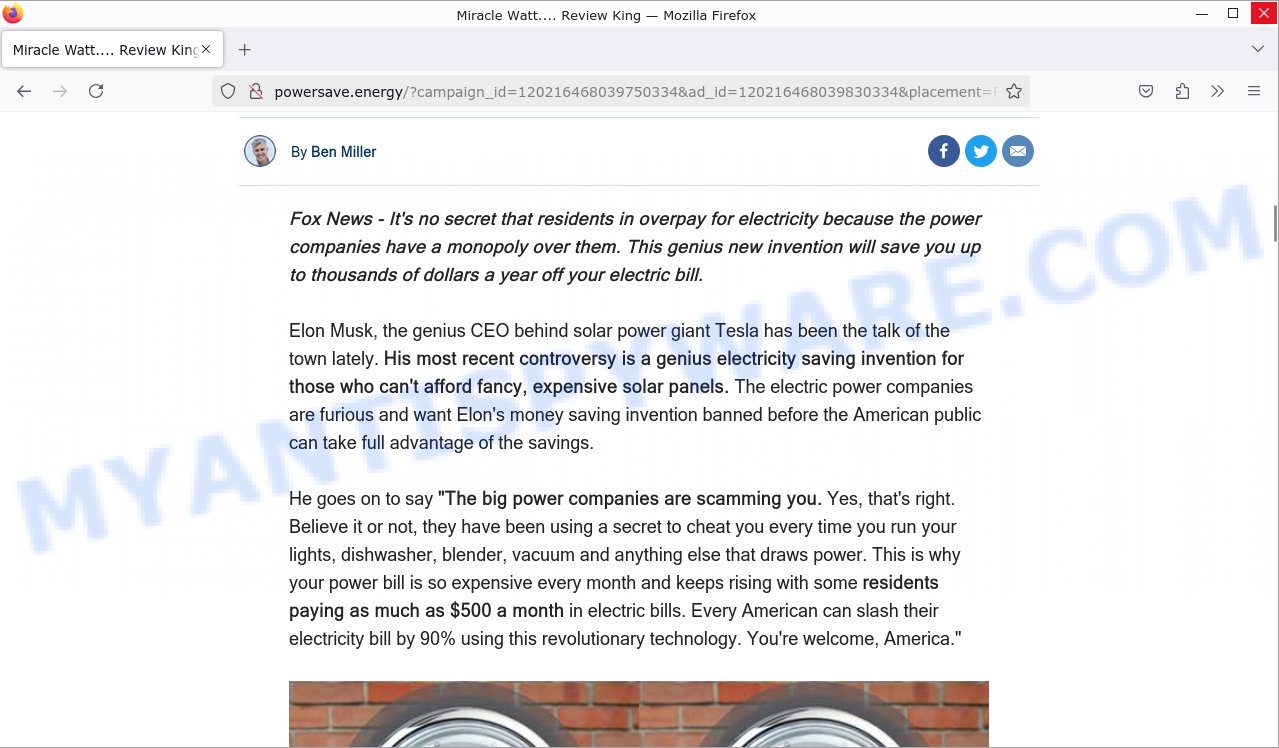
📢 Using Deceptive Advertising
Persuasive ads are placed across social media platforms like Facebook, claiming enormous benefits: “Slash your electricity bill by 90%” or “Pay almost nothing for power”. These ads falsely suggest that Elon Musk has personally endorsed or created the device.
💼 Fabricating Technological Claims
Advertisements assert that the device uses sophisticated energy-stabilizing features or advanced “Tesla-inspired” technology. In reality, it is typically just a simple gadget that can’t perform as advertised.

💸 Promoting Unrealistic Discounts
Consumers are lured in with massive “price cuts”, such as claiming an original cost of $198 reduced to $49 for a “limited time”. These discounts are unrealistic and serve only to create a sense of urgency.
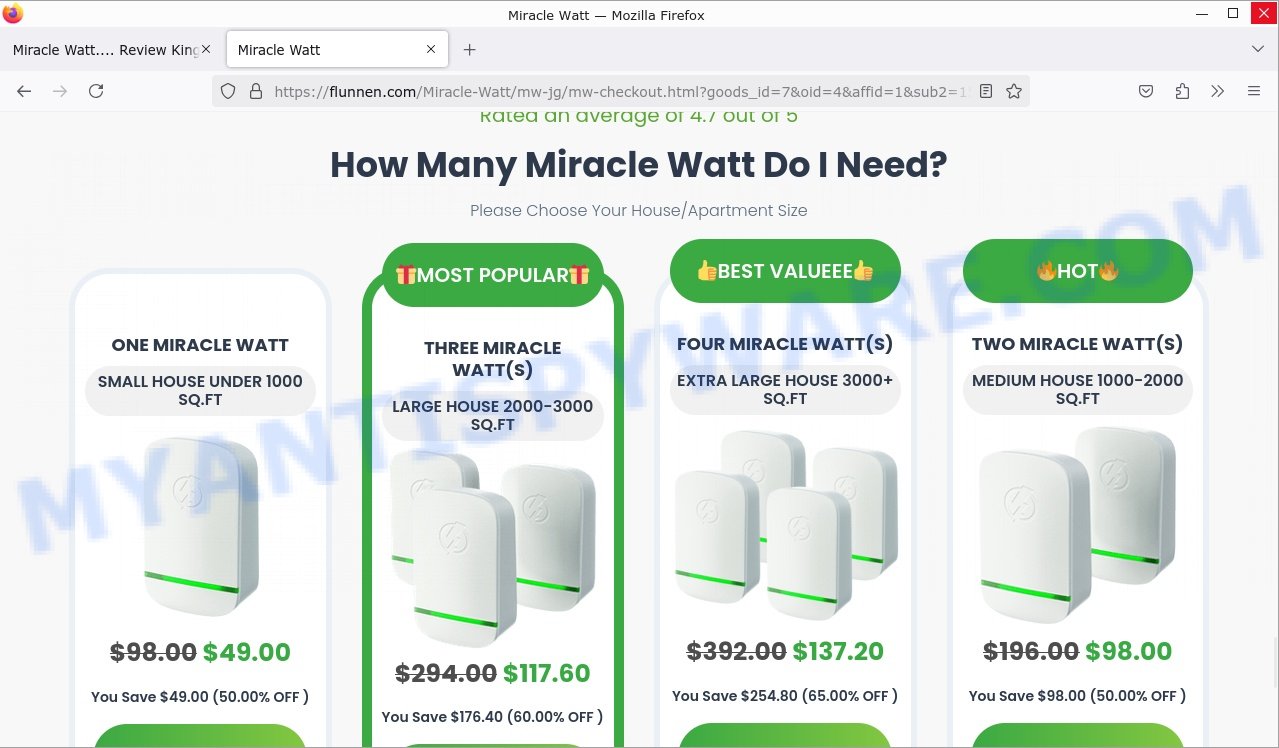
🌟 Showcasing Fake Reviews
Phony testimonials on the websites and ads are uniformly positive. They reference astounding savings and life-changing impacts that are not supported by real data or independent reviews.

⚖️ Offering False Legal Assurances
The product descriptions and promotional materials often promise it’s 100% legal, fully approved, and can’t be blocked by power companies. However, there is no credible evidence backing these claims.
🛍️ Streamlining the Purchase Process
A smooth checkout flow encourages buyers to pay upfront, often through payment methods that offer limited protection. This design makes it easy for scammers to receive funds quickly and complicates the refund process.
🔁 Ignoring Return Policies
Although there are promises of money-back guarantees, most customers find these refunds nearly impossible to obtain. Once buyers realize the device doesn’t work, they face complex or ignored return procedures.
📦 Delivering Disappointing Products
While the device may arrive, it’s typically just a small plug-in item with no real energy-saving functionality. It often only lights up or shows a “power on” signal, lacking the advanced technology advertised.
🚫 Providing Inadequate Customer Support
When disappointed customers request refunds or support, they discover that emails or phone lines go unanswered or provide unhelpful responses. This leaves buyers without meaningful recourse.
In summary, the Elon Musk Power Saver Device 🚫 scam tricks consumers into purchasing a basic product mislabeled as a cutting-edge energy solution. The scammers use deceptive websites, inflated savings claims, big discounts, and fake testimonials to sell their device. Buyers end up with a simple plug-in gadget that does not deliver the extraordinary results promised, and they typically struggle to secure refunds or any real assistance. This underscores the importance of caution and thorough research before buying products online, especially those that advertise unrealistic energy-saving benefits.
🤔 Why Such Scams Are Possible
Quick Profit Motive
Scammers are in it for the quick buck. They don’t care about long-term consequences because they usually disappear before anyone catches on.
Limited Oversight on Ad Platforms
While social media websites have policies against scams, the sheer volume of ads makes it challenging to police every single one. Scammers take advantage of this gap to promote their fake products.
🧠 Human Psychology
Scammers know that people are looking for quick, easy solutions to their problems. The desire for an immediate fix can sometimes cloud judgment, making individuals more susceptible to scams.
⚖️ Lack of Legal Consequences
In many cases, these scammers operate across international borders, making legal pursuit complicated and unlikely. This reduces the risk for scammers, encouraging such fraudulent activities.
👤 Anonymity on the Internet
It’s easy for scammers to hide their identity online. A fake name, a throwaway email address, and they’re in business. This makes it hard to trace and take down these fraudulent schemes.
💡 Beware of Similar Devices
It’s not just the Elon Musk Power Saver Device Device you need to watch out for; there are other products claiming extraordinary benefits that often turn out to be scams. Here are some similar products to be wary of:
StopWatt
This device claims to reduce your electricity bill by optimizing your energy usage. It often comes with a money-back guarantee to appear more trustworthy. But consumers have reported either no change or an increase in their energy bills after using it.
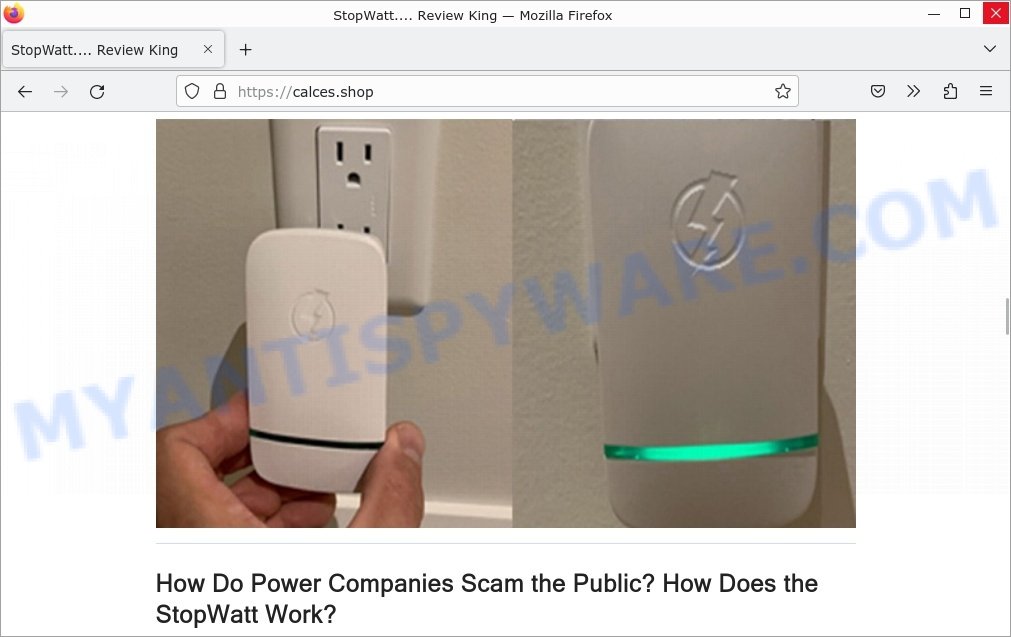
MileMax Fuel Saver
This product promises to drastically improve your car’s fuel efficiency using a “revolutionary chip”. It boasts a hassle-free installation and quick results, but there’s no verified data to back these claims. Plus, messing with your vehicle’s electronics can be risky and void your warranty.
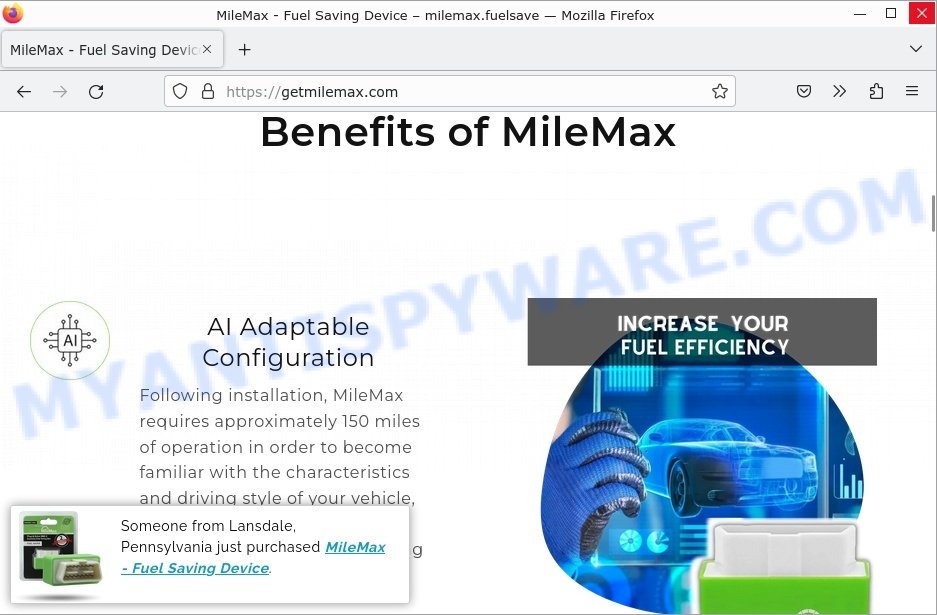
Electromagnetic Antifreeze Snow Removal
This device claims to use “advanced electromagnetic technology” to remove snow and ice effortlessly. Like the AEXZR, it employs scientific jargon to confuse and lure potential buyers, but there’s no substantial evidence to support its claims.

ChillWell Portable AC
This portable air conditioner claims to cool down your room in minutes using “rapid cooling technology”. It often comes with a flashy website and fake reviews to make it seem legitimate. However, similar devices have been found to be mere humidifiers or fans with no real cooling capabilities.
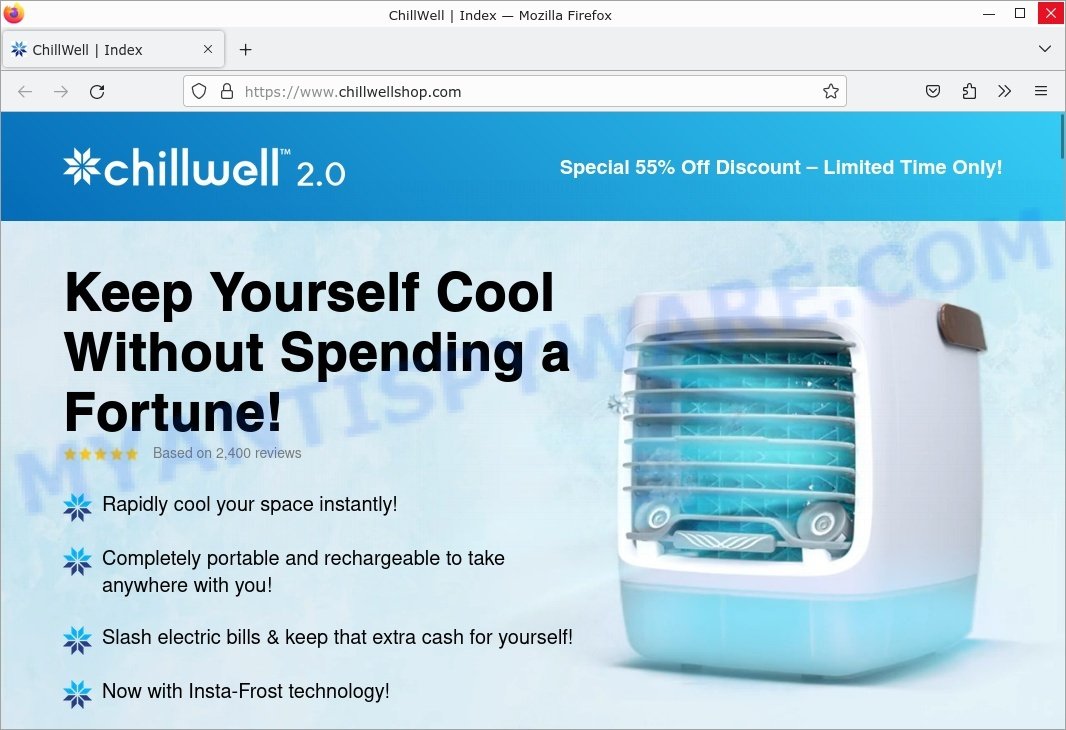
These products share common red flags:
🚩 False Science: They use scientific-sounding language that lacks credible backing.
🚩 Fake Reviews: Customer testimonials often seem scripted and too good to be true.
🚩 Pressure Tactics: Limited-time offers and countdown timers urge quick purchasing decisions.
🚩 Unclear Contact Information: They provide an email or an address often linked to fraudulent activities.
😱 What to Do If Scammed
If you find yourself ensnared by the Elon Musk Power Saver Device Device Scam, immediate action is crucial. Here’s what you should consider doing:
🛑 Stop Further Transactions
The first step is to halt any additional transactions that might be in process. Contact your bank or credit card provider and inform them that you’ve fallen victim to a scam. They can help by blocking the card or reversing any unauthorized transactions.
📞 Report the Fraud
File a report with your local police and provide all the available evidence, such as screenshots, emails, and website URLs. Additionally, report the scam to online portals like the Better Business Bureau (BBB) at www.bbb.org or the Federal Trade Commission (FTC) at reportfraud.ftc.gov. If you’re in another country, reach out to your national consumer protection agency.
💻 Take Screenshots
Before the scam website gets taken down or changes, make sure to capture screenshots of your transactions and communications. These can serve as evidence if you decide to pursue legal action.
⚖️ Consult Legal Advice
Speak to a legal advisor about your situation. While pursuing legal action may be time-consuming and costly, it could be a possible avenue for recovering your lost money.
📢 Share Your Experience
Use social media platforms to share your experience and warn others about the scam. Your story could prevent someone else from falling victim to the same or similar scams.
Summary Table
| Factor | Observations | Impact on Legitimacy |
|---|---|---|
| Product Description | Marketed as the Elon Musk Power Save Device claiming to stabilize electrical currents, reduce “dirty electricity”, and lower energy bills by up to 90%. In reality, the device is ineffective and primarily consists of LEDs with no actual power-saving functionality. | Negative (False and misleading claims without scientific backing) |
| Reviews | Official website features overly positive testimonials that appear fabricated. In contrast, independent reviews on platforms like the Better Business Bureau (BBB) reveal numerous negative experiences, indicating the device does not deliver promised results and the company engages in deceptive practices. | Negative (Discrepancy between official and independent reviews indicating deceit) |
| Marketing Channels | Heavily advertised on social media platforms with sensational claims and high-pressure sales tactics, including limited-time discounts, free offers for the first few purchasers, and false scarcity warnings to create urgency. | Negative (Use of deceptive and high-pressure marketing tactics typical of scams) |
| Price | Advertised with significant discounts and exclusive offers (e.g., 50-65% off), yet the actual product provides little to no value relative to its price, suggesting it is overpriced for what it delivers. | Negative (Overpriced compared to the actual functionality and value of the product) |
| Real Functionality | Claims to be an advanced energy-saving device that stabilizes electrical currents and reduces energy consumption. However, in reality, it performs no actual function beyond being a simple LED light with no impact on energy usage. | Negative (False representation of product capabilities) |
| Company Contacts | The domain `powersave.energy` is recently registered and uses privacy protection services, obscuring the identity of the operators. Contact information is minimal and dubious, often linking to residential addresses rather than legitimate business locations. | Negative (Opaque and unreliable company information typical of fraudulent businesses) |
| Power Source | Vague and unverified claims about how the device stabilizes power and increases efficiency. There are no transparent details or scientific explanations to support the purported energy-saving mechanisms. | Negative (Unsubstantiated claims about power efficiency and misleading information) |
| Safety Claims | Promises safety features such as reduced electromagnetic fields (EMF) and surge protection without any independent verification or certification from recognized safety authorities or standards organizations. | Negative (Unverified and potentially false safety claims) |
Conclusion
The Elon Musk Power Saver Device is a scam, offering impossible benefits with no real effectiveness. It claims to dramatically reduce electricity bills using technology that is fundamentally non-existent, relying on misleading marketing and fake endorsements to attract buyers. The device itself is reported to be nothing more than a plastic box with an LED light, lacking any legitimate energy-saving capabilities.
Bottom Line: Avoid this power saver device. It’s crucial to verify the legitimacy of products that claim revolutionary features, especially when promoted with high-profile names. 🛡️
Stay vigilant and apply critical thinking; if a product’s claims seem too good to be true or the details appear dubious, it’s likely a scam. 🤔
